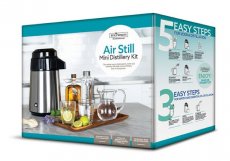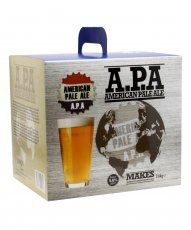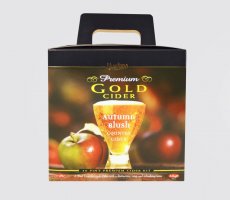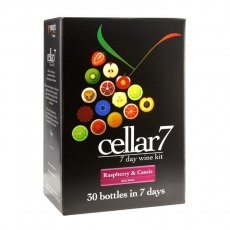Brewing Beer
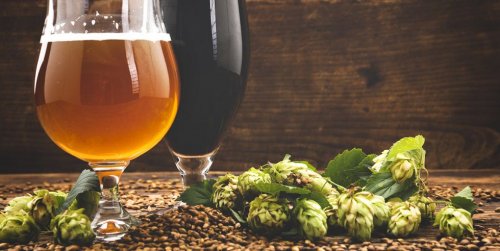
Brewing Beer
What a lovely words, and what excitement it conjures up for the brewer and, in some cases, it may cause trepidation.
Brewing a batch of beer, cider, or any other alcoholic drink gives the brewer a real sense of anticipation during the fermentation process.
The satisfaction and achievement when it has all turned out well and the enjoyment of drinking it and seeing your friends and family appreciate it is priceless.
What is Brewing?
Quite simply, brewing beer is putting together only four ingredients, water, malt, hops and yeast.
Each of these four ingredients varies; the variety affects your beer's flavour and keeps the brewer happy trying out new recipes.
Let us look at the four ingredients of brewing a beer

WATER |
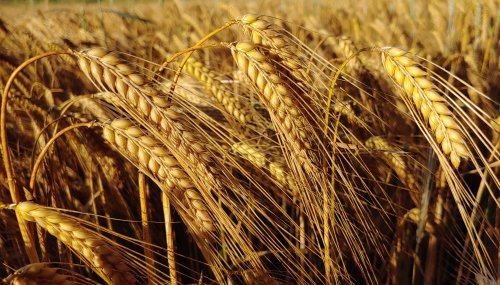
MALT |
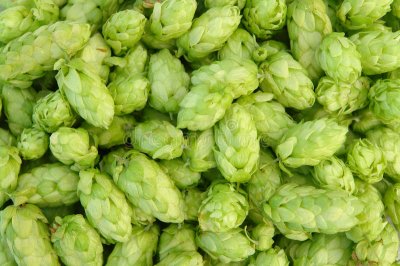
HOPS |
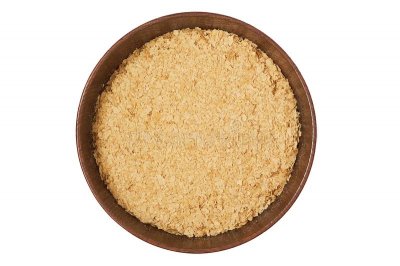
YEAST |
1. WATER
Depending on where the water comes from, it can be
- Hard water has high levels of calcium sulphate and bicarbonate. This water is perfect for dry-on-the-palate beers such as Indian Pale Ale and Bitters.
- It highlights the hop character, for example, Burton-upon-Trent.
- There is also very hard water which is high in calcium bicarbonate.
- This kind of water is used to make Stout.
- Water containing calcium bicarbonates is very good at extracting colour from malts, such as the water in London and Dublin.
- Medium hard water high in calcium chloride is suitable for making sweeter beers such as Brown Ale and Mild.
- Britain's West Midlands is home to this kind of water.
- Soft water, which is low in mineral salts, is ideal for Pilsner lagers.
- Soft water showcasing the sharp bitterness of hops and the sweet biscuit of the malts such as Plze? in the Czech Republic.
- Occasionally you come across a brewer with a private water source, such as a spring.
- However, most have to use town water/ local mains water.
- In this case, the experienced brewer may add or reduce the mineral salts in the water to produce the type of beer they wish to make.
- In the past, water was not always a safe option to drink.
- Harmful parasites were present, which could be life-threatening.
- Beer was a safe alternative as even off-beer was never life-threatening.
2. MALTS / GRAINS, MOSTLY BARLEY
Britain is one of the largest producers of high-quality barley and exports all over the globe. Beer is brewed by fermenting the sugar from malted cereals, in most cases barley. As well as providing the sugar for the yeast to ferment, barley also gives beer its colour and nutrition.
Brewing increases the cereal's nutritional value, making beer more nutritious than eating cereal for breakfast. Beer is suitable for both physical and social health.
3. HOPS OR HUMULUS LUPUS
Hops are climbing plant herbaceous plants and are mainly grown in warm climates. In Britain, the southern counties favour hops as the sun intensifies the hop oils, flavours and aromatics. The British environment produces a more delicate hop which is desirable for brewing a more drinkable beer, and thus it is transported worldwide. The flavours that hop impart on beers range from citrus, herbal, grassy, peppery, and floral, to name a few.
Hop has a natural anti-bacterial quality making them a natural preservative. Like grapes used when winemaking to give the wine its flavour, hops act to give beer its taste. Beer can be produced without hops, but it would lack character.
4. YEAST
Yeast is the powerhouse of any alcoholic drink. It converts sugars into alcohol.
In beer, three varieties of yeast are common,
- Saccharomyces Cerevisiae is a cultured yeast used when fermenting ale. It is a type of yeast which loves sugar and heat. It ferments quickly and adds flavour to the beer.
- Saccharomyces pastorianus evolved from Saccharomyces cerevisiae and Saccharomyces bayanus. Lager brewers use it. This yeast ferments more slowly, thus ferments more of the sugars during the brewing process than ale yeast, giving the lager a crisp body.
- Lambic brewers use wild yeast. Using wild yeast can be hit and miss and may give the beer a sour taste. It is not regulated and depends on the airborne microflora that land in open fermenters and spontaneously ferment the brew. Fermented foods and drinks are more nutritious than their non-fermented versions, so raise a glass to yeast for converting water, malt and hops into a drink that bestows many benefits.
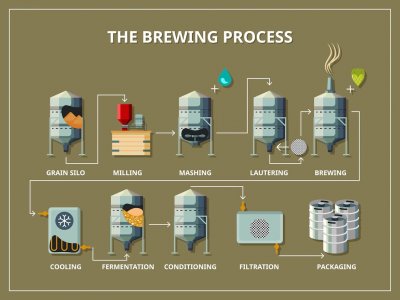
Today brewing is carried out by
- The big breweries employ professionals to produce beer on an industrial scale.
- The microbreweries are run by beer enthusiasts who started brewing beer as a hobby and created their flavours. They now make it in small quantities for people to buy.
- The hobbyist or home brewer who brews beer for personal consumption and for friends and family to enjoy.
All use the same ingredients; however, the brewing equipment and processes are on a different scales.
Here we will talk about the home brewer as that is the process we know and love the best.
Very little equipment is needed for the home brewer to start brewing beer. You can buy each piece of equipment separately or purchase them together as a starter kit, making it more economical.
Each homebrew starter kit usually contains this equipment 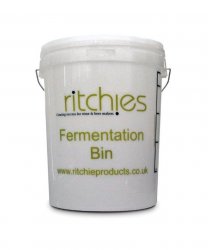
- A 22L fermenter to brew your beer, wine, cider or spirit.
- Fermenter lid with hole and grommet
- Cleaner/steriliser essential when home brewing to keep all the equipment
- clean
- Hydrometer to measure the density of your brew
- An airlock keeps the air out and indicates the progress of the fermentation.
- A thermometer to keep a check on the temperature of your brew
- A syphon to syphon your brew into a new container, e.g. barrel or bottle.
- A long-handled paddle
- Instructions on how to use the homebrew starter kits
Once you have bought this equipment, you can use it repeatedly, and the easiest way to get started is with a homebrew beer kit. They contain all the ingredients you need and come in various flavours and styles, something for everyone.
A beer kit usually takes about ten days to ferment, and then your decision is how to store your beer once it is ready, as each kit makes, on average, forty pints.
How you store your beer once it is ready is determined by how you plan to use it and where you can keep it.
The choice is between bottles or barrels. 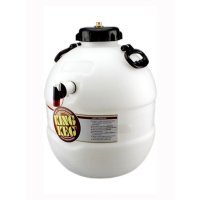
- Barrels are an excellent solution if you are planning a party, going to a party, or going on holiday with a caravan, boat or tent, as they are easier to transport a more significant amount of beer, and you can dispense the beer directly from the barrel.

- Bottles are easier to store and can be made to look very attractive if you wish to hand some out as a present.
The more experienced brewer may wish to move on from using beer kits to brewing beer with the raw ingredients, water, malt, hops and yeast, enabling them to either follow recipes or experiment and try mixing a recipe of their own.
Either way, the Grainfather fermenting system is the ultimate fermenting system for the home brewer. 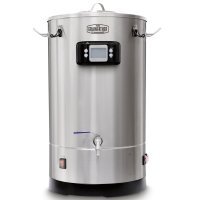
It allows you to brew beer like a professional and is the ultimate goal of the actual beer enthusiast.
HAPPY BREWING WITH BREW MART
HAPPY BREWING WITH BREW MART

